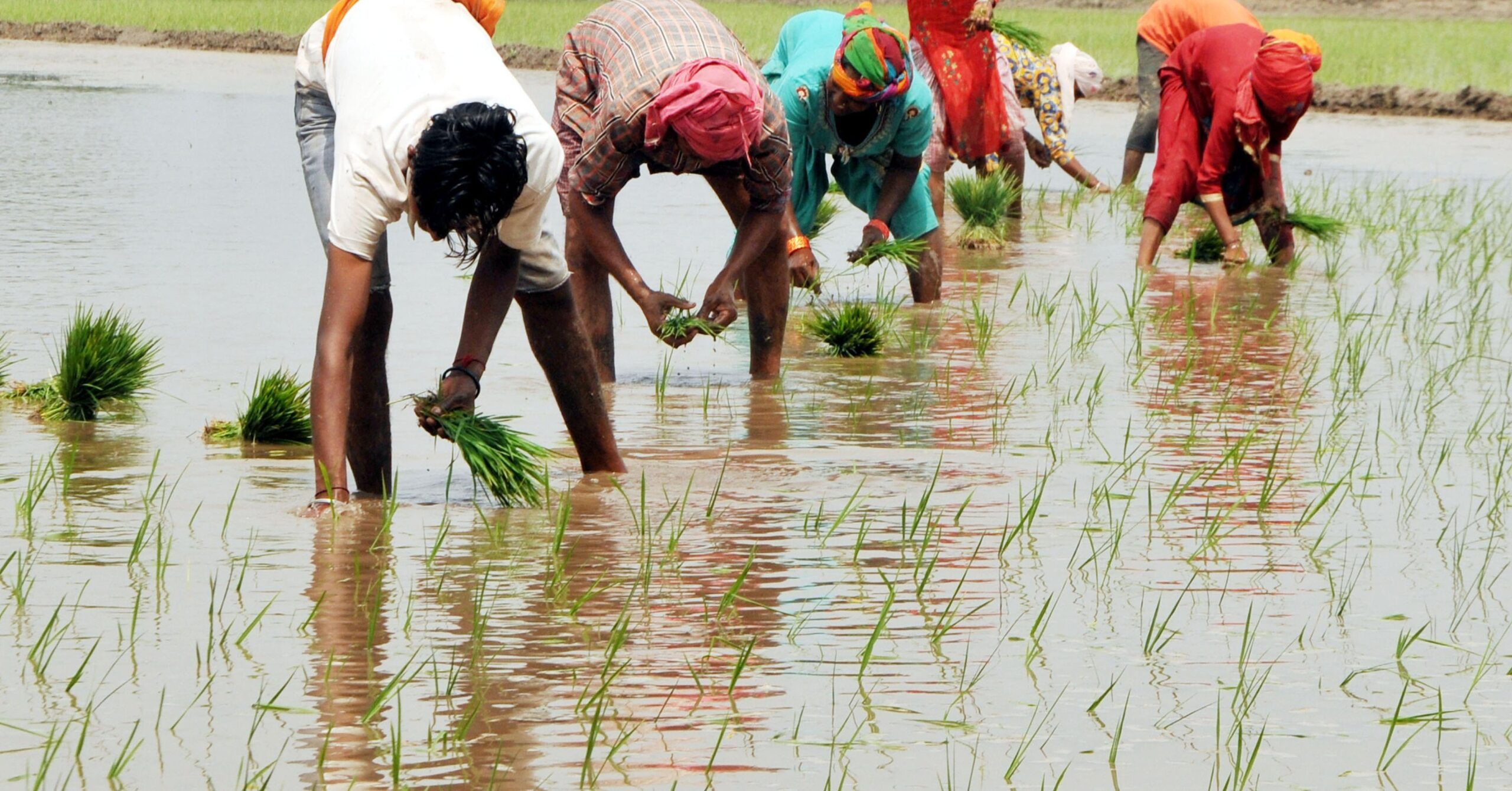Are you curious to know what is transplanting in agriculture? You have come to the right place as I am going to tell you everything about transplanting in agriculture in a very simple explanation. Without further discussion let’s begin to know what is transplanting in agriculture?
In the realm of agriculture, the process of transplanting stands as a crucial technique employed by farmers to foster the growth of various crops. This method, distinct from direct seeding, involves the careful transfer of young seedlings from a nursery or germination area to a designated field for further cultivation. Let’s delve deeper into this essential practice that plays a pivotal role in modern farming.
What Is Transplanting In Agriculture?
Transplanting is a method wherein seedlings germinated in a controlled environment, such as a nursery or seedbed, are delicately uprooted and replanted in prepared fields. This technique is commonly utilized for crops that require specific growing conditions or those that benefit from a head start in a protected environment before being transplanted to the main field.
Advantages Of Transplanting
- Improved Crop Uniformity: By selecting and nurturing healthy seedlings in a controlled setting, farmers can ensure uniform growth and vitality among transplanted crops.
- Optimized Plant Spacing: Precision planting during transplanting allows for optimal spacing between plants, maximizing sunlight exposure, nutrient uptake, and overall crop yield.
- Early Weed Control: Transplanting enables farmers to establish crops before weeds become dominant, facilitating better weed management practices.
- Climate Adaptation: Transplanting offers a way to mitigate the risks associated with adverse weather conditions, allowing for the cultivation of crops regardless of season or climate.
Transplanting Techniques
- Hand Transplanting: A labor-intensive method where farmers manually plant seedlings into the soil, ensuring precision and care during the transplanting process.
- Mechanical Transplanting: Utilizing specialized machinery, this method streamlines the transplanting process, allowing for increased efficiency and speed in large-scale farming operations.
Crops Suited For Transplanting
While various crops can benefit from the transplanting method, certain crops tend to thrive particularly well through this technique:
- Vegetables: Crops like tomatoes, peppers, eggplants, and cabbage often undergo transplanting for optimized growth and yield.
- Rice: In paddy fields, rice seedlings are grown in nurseries and later transplanted into flooded fields for cultivation.
Key Considerations For Successful Transplanting
- Seedling Quality: Healthy, well-developed seedlings with strong root systems are crucial for successful transplantation.
- Timing: Transplanting at the right stage of seedling growth and considering environmental conditions ensures better adaptation and survival in the field.
- Soil Preparation: Adequate soil preparation in the receiving field, including soil fertility, moisture levels, and weed control, is vital for the success of transplanted crops.
Conclusion
Transplanting stands as a cornerstone technique in modern agriculture, offering farmers a strategic approach to nurture crops and optimize their growth potential. By leveraging controlled environments, precision planting, and careful cultivation practices, this method significantly contributes to improved crop quality, yield, and overall agricultural productivity.
Understanding the nuances of transplanting not only highlights its significance in agricultural practices but also underscores the importance of adopting innovative and efficient techniques that bolster sustainable farming and ensure food security for a growing global population.
FAQ
What Do You Mean By Transplanting?
Transplantation is the technique in which a plant is moved from one location to other. It involves growing of seedlings or seeds in a piece of well managed and protected land called nursery. After development of a few weeks the plants are transplanted into main field for further growth and development.
What Is Transplantation In Agriculture?
Transplantation is the method of shifting a plant from one location where it has been expanding and reseeding it at another location during the planting season. This technique is commonly used in horticulture. The transplantation method facilitates root penetration into the soil.
What Is Transplanting Class 8?
Transplanting is a process in which a fully grown seedling or plant is taken out from the soil and transplanted to its permanent location. Transplanting increases the flower or fruit bearing season of many plants, thus it helps in economical growth and therefore it is a important method followed in agribusiness.
What Is The Meaning Of Transplant In Planting?
transplant, in horticulture, plant or tree removed from one location and reset in the ground at another. Most small deciduous trees may be moved with no soil attached to their roots.
I Have Covered All The Following Queries And Topics In The Above Article
What Is Transplanting In Plants
What Is Transplanting In Agriculture Wikipedia
What Is Transplanting In Agriculture Pdf
What Is Transplanting In Agriculture Class 8
What Is Transplanting In Agriculture Class 12
What Is Transplanting In Agriculture Class 10
What Is Transplanting Seedlings
Types Of Transplanting In Agriculture
What Is Transplanting In Agriculture

